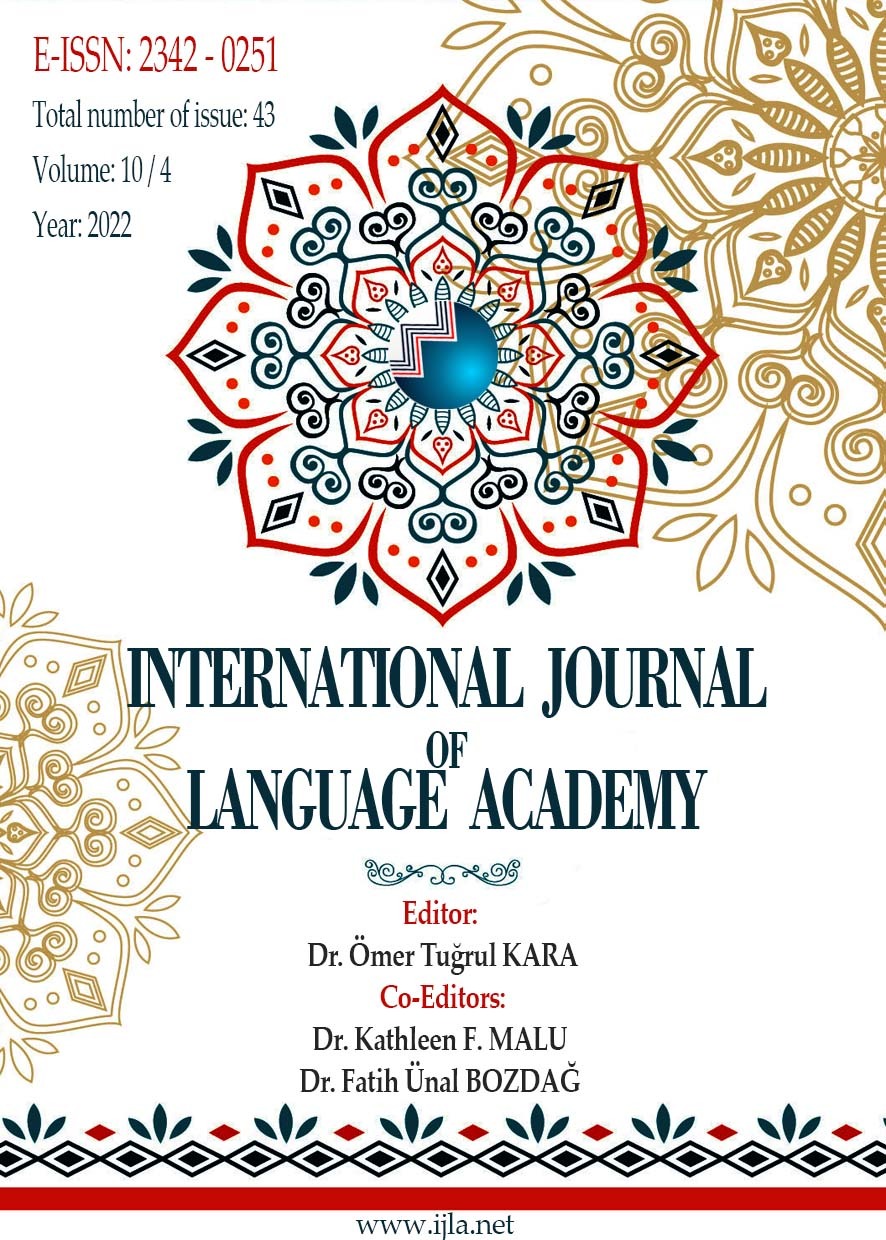Author :
Abstract
Keywords
Abstract
Henrik Ibsen, the creator of theatrical realism and modern prose drama as well as an important social critic, dealt with several contemporary issues in a realistic setting, which provoked public discussions in the nineteenth century in Norway. The subjects and themes he treated in his plays are still disputed today because they are considered taboo and inappropriate by societies worldwide. Ibsen reflected the social problems of his time in his plays, yet the audience and the critics of the time were not ready to hear about the realities. Therefore, they were scandalized by the impropriety of the plays. Additionally, some of his plays were banned from performance. People were being cautious about not mentioning them during social gatherings. Ibsen pointed out the undermined or covert social issues and revealed the real façade of the bourgeois, which made him a figure scorned by the public. The suppressed truth he revealed in his plays made the bourgeois uncomfortable as their hypocrisy was uncovered and laid bare. This study aims to deliberate on Ibsen’s plays, The Pillars of Society, A Doll’s House, and Ghosts, in terms of the controversial social issues that were also present during his time, brought to light by Ibsen.
Keywords
- Cardullo, R. J. (2011). The pillar of Ibsenian drama: Henrik Ibsen and Pillars of Society, reconsidered. Neophilologus, 95, 359–371.
- Ghimire, P. (2007). Quest of Women's Independence in Henrik Ibsen's Plays: A Doll's House and The Lady from the Sea [Unpublished master’s dissertation]. Tribhuvan University.
- Graventa, E. (1994). An Enemy of the People by Henrik Ibsen: The politics of whistle- blowing. Journal of Management Inquiry, 3(4), 369-374.
- Gulddal, J. (2012). Contrasting Visions: Perceptions of America in Henrik Ibsen's Pillars of Society. Nineteenth-Century Contexts, 34 (4), 289-304.
- Hossein, A. (2016). Ibsen’s treatment of women. Journal of Socialomics, 5 (2), 2-9.
- Ibsen, H. (1947a). A Doll’s House. Eleven plays of Henrik Ibsen (pp. 3-94). Random House, Inc.
- Ibsen, H. (1947b). Ghosts. Eleven plays of Henrik Ibsen (pp. 3-94). Random House, Inc.
- Ibsen, H. (1947c). Hedda Gabler. Eleven plays of Henrik Ibsen (pp. 501-604). Random House, Inc.
- Ibsen, H. (1947d). Pillars of Society. Eleven plays of Henrik Ibsen (pp. 387-500). Random House, Inc.
- Ibsen, H. (1964). Letters and Speeches. (E. Sprinchorn, Ed. and Trans.) New York: Hill.
- Koht, Halvdan. (1971). Life of Ibsen. E. Haugen and A. E. Santaniello Ed. and Trans). Benjamin Blom.
- Ledger, S. (2007). Henrik Ibsen. Devon: Northcote House Publishers.
- Mangang, P. S. (2017). The socio-critical plays of Henrik Ibsen and their reception. The Criterion, 8 (2), 1127-1133.
- Meyer, M. (1967). Ibsen: A biography. Penguin Books Ltd.
- Mortensen, E. (2007). Ibsen and the scandalous: Ghosts and Hedda Gabler. Ibsen Studies, 7 (2), 169-187.
- Østved, E. (1976). Et dukkehjem. forspillet, skuespillet, etterspillet. Rasmussen.
- Ruzevich, P. (1993). Reflections on directing Henrik Ibsen's “A Doll's House” (Undergraduate Thesis).
- Räthel, C. (2020). Redecorating a doll’s house in contemporary German theater—multiple authorship in Ibsen’s Nora. Ibsen Studies, 0 (0), 1-21.
- Templeton, J. (1989). The doll house backlash: feminism, criticism and Ibsen. PMLA, 04 (1), 28-40.
- Varma, S. & Singh, A. (2021). An extensive observation of Ibsen’s The Pillars Of Society: women’s strife against patriarchy. Ilkogretim Online, 20 (2), 2944-2954.
